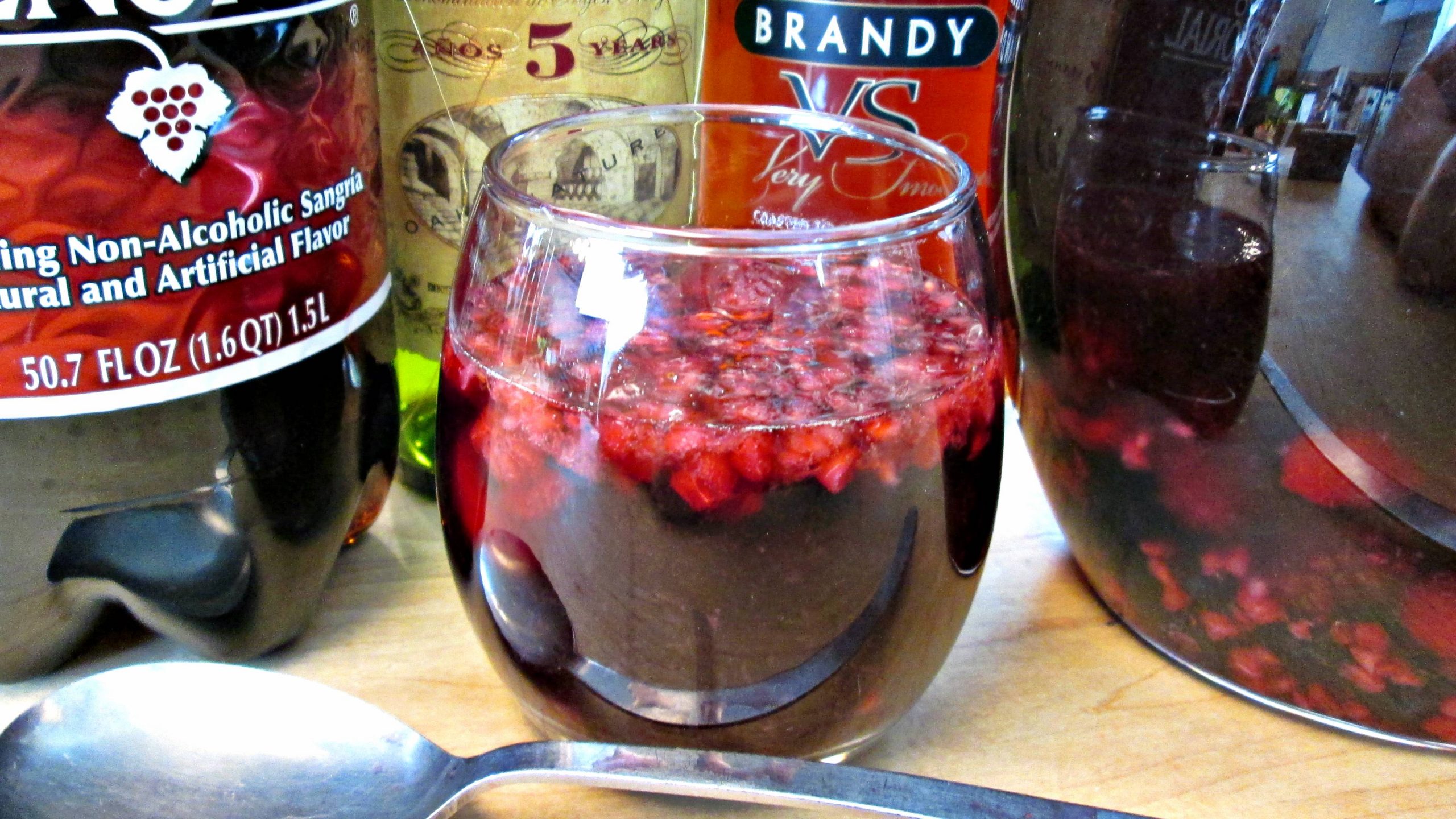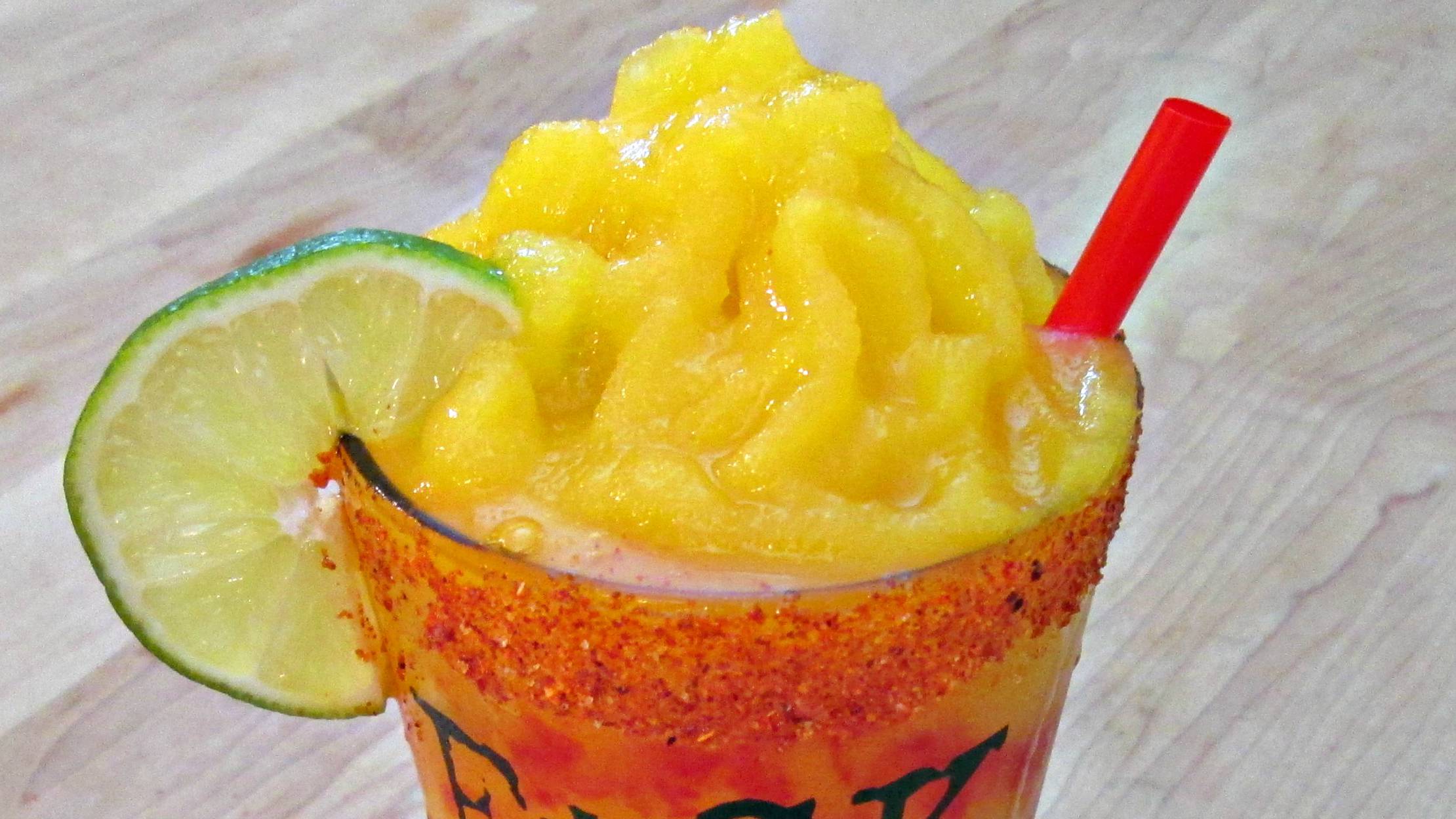
Berry Sangria
The Best Sangria I’ve written and posted a Sangria recipe previously before. That’s not to say that it isn’t the best for it’s genre but that recipe is entirely different, in essence, compared to this one. That Sangria recipe, was a Peach Sangria and it is amazing. This, however, reprises ingredients that make up the…

